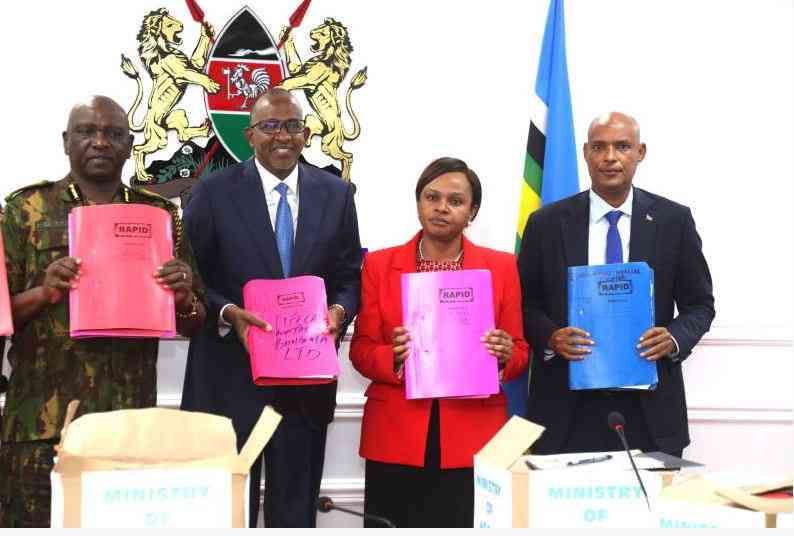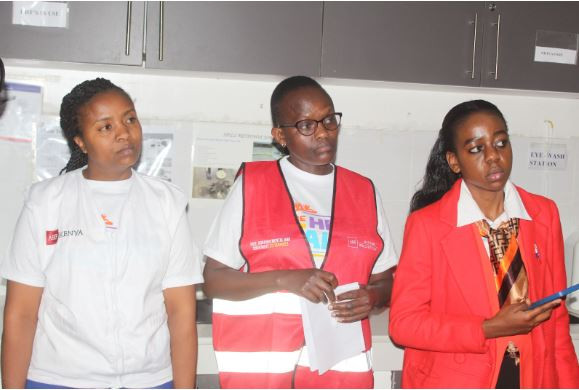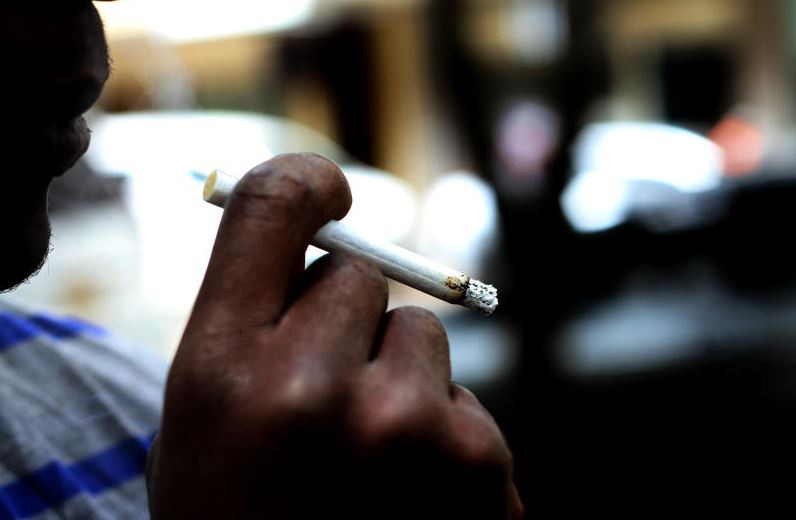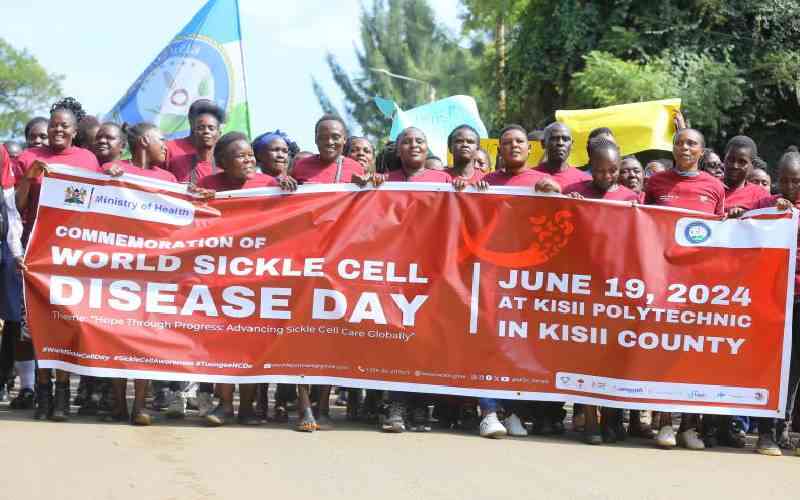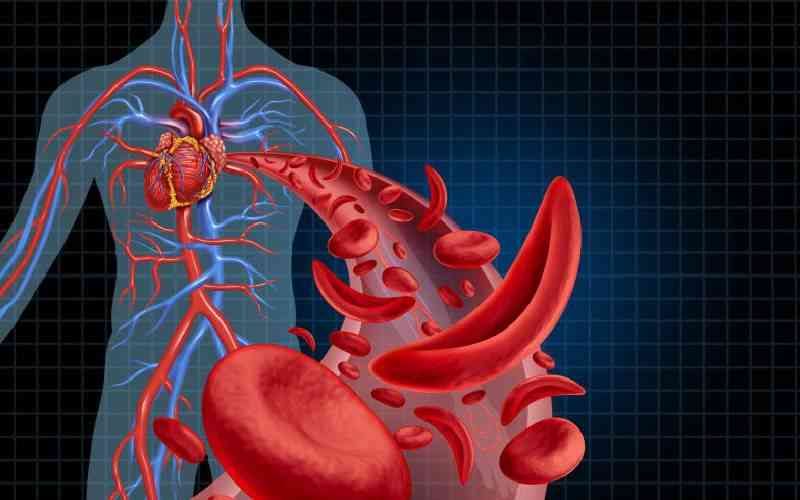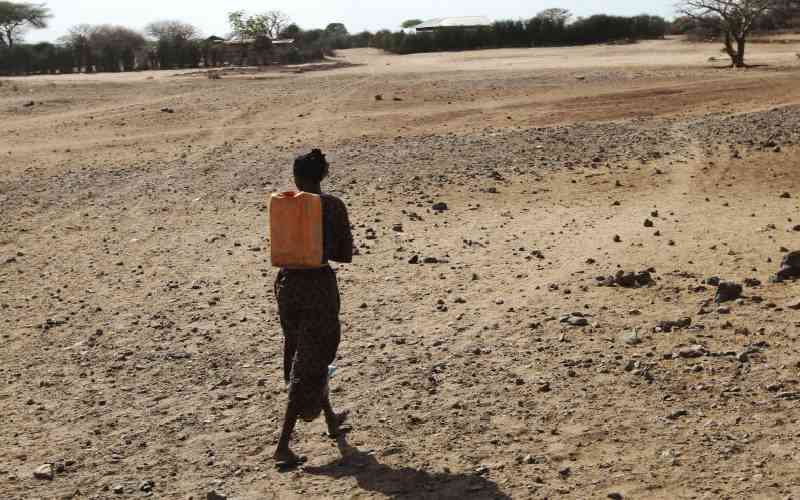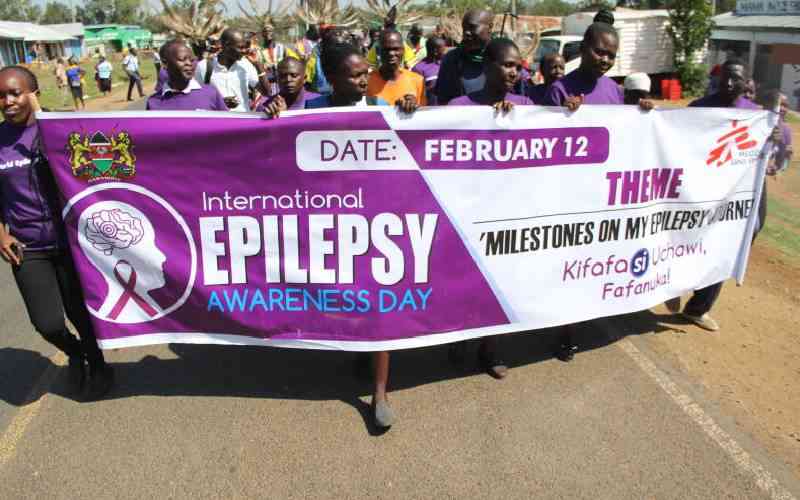
John, 48, began noticing unexplained weight loss in 2020— the start of a harrowing health journey.
As the Covid-19 pandemic swept across the globe, his small business collapsed under the weight of lockdowns and economic uncertainty. Struggling with despair, John turned to alcohol, a coping mechanism that only deepened his physical decline.
By 2021, with no signs of recovery, he grew increasingly alarmed. Suspecting HIV due to his deteriorating condition, he sought testing—but the results came back negative.
Determined to uncover the cause of his persistent symptoms—irritation, frequent urination, and worsening weakness—John visited Kenyatta National Hospital (KNH) for further examination. Initial tests suggested a bladder infection, but treatment offered no relief.
In November 2022, his ordeal took a bewildering turn. Doctors first misdiagnosed him with blood cancer, then prostate cancer.
“You need urgent surgery,” one physician insisted, sending his anxiety spiraling. But, something didn’t feel right. Finally in January 2023, a different doctor recommended a GeneXpert TB test, a decision that would put John on the long overdue path to answers.
Meanwhile, whispers in John’s community told a different story. Rumors swirled that John had been bewitched, with some blaming his condition on alcohol rather than a medical issue. The stigma weighed heavily on him, compounding his physical and emotional burden.
- Africa's health future in focus at AHAIC 2025 amid US aid freeze
- Time to embrace the healing power of music, it can also motivate you
- Early detection: Lucy's cervical cancer journey and key lessons for you
- Concern as mystery disease kills over 50 people in DRC
Keep Reading

It wasn’t until March 2023 that advanced testing at KNH uncovered the real cuase: genitourinary tuberculosis (TB), a rare form of the disease that had silently spread to his prostate and spine. By then, the infection had taken serious toll on his body— its progression fuelled by a series of misdiagnoses and delayed testing.
John began a grueling year-long treatment regimen, which he completed in March 2024. Reflecting on his experience, he says, “I got weaker for an entire year before doctors diagnosed TB. The lack of proper testing made it worse.”
His story serves as a sobering reminder of the diagnostic and treatment challenges Kenya faces in its push to eliminate TB by 2030.
Experts now warn that progress could stall —or unravel without —without sustained funding, especially as US donor support falters following a stop-work order signed by President Donald Trump.
The ripple effects of donor funding cuts—combined with diagnostic delays and a strained healthcare system—now threaten to undo years of hard-won progress in Kenya’s fight against tuberculosis (TB).
“I survived because I received free tests and treatment,” John says. “But how can the government neglect TB funding? It’s like skipping insurance and expecting your neighbor to take care of you when you’re sick.”His frustration mirrors a growing concern among health advocates who fear TB control is teetering on the edge, still heavily dependent on external aid amid shrinking resources.
Joshua Limo, Health Systems Manager at Population Services Kenya (PSK), notes the strides the country has made in TB management over the past decade.
“In the 1990s, TB diagnosis relied on microscopy—smearing sputum samples on slides and examining them under a microscope. The process was prone to human error and limited in accuracy,” he explains
Today, Kenya uses GeneXpert machines as the gold standard, in line with World Health Organization (WHO) guidelines. These advanced molecular diagnostic tools detect TB DNA quickly and accurately, delivering results in hours rather than days or weeks.
In addition, emerging technologies like Computer-Aided Detection for TB (CAD4TB)—an AI-powered software—are revolutionizing screening efforts. CAD4TB is especially useful in hard-to-reach areas such as remote villages, prisons, and densely populated slums, where early diagnosis can save lives.

“Kenya has 220 GeneXpert machines distributed nationwide,” Limo explains, “but that number is woefully inadequate for a population of 50 million.”
Despite technological advancements, infrastructure and access gaps persist. The 2016 TB prevalence survey exposed the scale of the challenge: for every 100,000 people, at least 558 had TB—more than double the 2015 estimate of 233 per 100,000.
Alarmingly, about 40 percent of cases went undetected each year, silently fuelling transmission.
Since then, health programs have intensified efforts, prioritising active case finding, strengthening healthcare facilities, and raising awareness about early diagnosis and treatment.
However, progress remains fragile. In 2020, TB case notifications dropped from 96,000 to 72,000, largely due to pandemic-related disruptions. By 2024, notifications had rebounded to 96,000—but the country is still far from its annual target of 133,000 cases.
“TB is highly infectious,” Limo warns. “One untreated person can infect at least 15 others in a year. The detection gap stood at 32 per cent in 2022; by 2024, it had narrowed to 27 per cent. But we’re still missing too many cases.”
Delays in diagnosis continue to compound the crisis. A recent study revealed that, on average, it takes 47 days from symptom onset to the start of TB treatment. For extra-pulmonary TB—such as John’s case—the delay can stretch up to 81 days, giving the disease dangerous time to progress unchecked.
Kenya ranks among the World Health Organization’s 30 high-burden countries for TB and TB/HIV, with the disease claiming 32,000 lives in 2021 alone. TB remains the fourth leading cause of death in the country, disproportionately affecting men. Every day, at least 350 Kenyans contract TB, and 70 lose their lives to it. Counties like Nairobi, Mombasa, Meru, Kiambu, and Nakuru bear the greatest burden of this ongoing public health crisis.
Funding shortfall
With the 2030 elimination target fast approaching, Limo emphasizes the urgent need for increased domestic investment to reduce the program’s heavy reliance on donors.“A growing gap in donor funding threatens progress in detection and treatment,” he says.
“We need investment to find cases early, provide timely treatment, and support patients throughout their recovery.”
The National Strategic Plan for TB, Leprosy, and Lung Health 2023 reveals a sobering funding shortfall. Of the Sh7.2 billion needed for TB control efforts, only Sh2.7 billion was secured. Shockingly, the government contributed just 9.7 per cent (Sh272 million). The Global Fund covered the largest share—64 per cent (Sh1.7 billion)—followed by USAID and the Clinton Health Access Initiative (CHAI) with Sh693 million and Sh27 million, respectively.
Eveline Kibuchi, Country Coordinator for Stop TB Partnership Kenya, warns that the recent suspension of US funding has disrupted vital services—ranging from sputum sample transportation to community outreach and stigma reduction.
“We were on a good trajectory,” she says. “But this stop-work order could lead to more TB deaths, rising infections, and drug-resistant strains.
At Nairobi’s Rhodes Chest Clinic, the human cost of funding disruptions is clear. The facility handles around 60 patients a day and diagnoses at least 50 TB cases each month—many of them extra-pulmonary. While tests and treatment are offered free of charge, clinic in-charge Patrick Maingi highlights the hidden burden: treating multidrug-resistant TB (MDR-TB) costs between Sh90,000 and Sh130,000, while standard TB care averages Sh20,000—figures far beyond what most patients can afford.
“Treatment has been shortened from 24 months to as little as six,” Maingi says. “But for street families—if they can’t afford amoxicillin, how can they manage TB treatment? Without donor support, we’re heading for disaster.”
Men in danger
Most patients are men aged 20 to 45, often traders, loaders, or homeless individuals from busy areas like Muthurwa, Country Bus, and Gikomba markets.“TB isn’t just a slum disease,” Maingi adds. “It cuts across all walks of life.”
The clinic uses a combination of GeneXpert machines, microscopy, and AI-assisted X-ray screening through CAD4TB to ensure fast and accurate diagnosis.
In Kitui County, AI-powered Delft Light X-ray systems equipped with CAD4TB software are transforming TB screening, especially in prisons and remote communities. At Kitui Prison, three inmates are currently undergoing treatment out of 17 recently diagnosed cases.
Kenya currently has eight Delft Light units, deployed in high-burden counties such as Mombasa and Turkana. These innovations mark major strides in TB control. Yet without sustained funding—whether from domestic sources or international donors—such progress risks stalling.
“AI can screen large numbers quickly, unlike sputum collection, which is slow and expensive,” says a prison officer. Radiographer David Kariha, based at Mutomo Level 4 Hospital, adds that the portable, lightweight system has screened 8,088 people across the county—providing instant results without the need for laboratories or radiologists.
“It’s a game-changer for hard-to-reach areas,” he says.
John’s survival was made possible by free testing and treatment. For countless others, that lifeline may no longer be guaranteed.
 The Standard Group Plc is a multi-media organization with investments in media
platforms spanning newspaper print
operations, television, radio broadcasting, digital and online services. The
Standard Group is recognized as a
leading multi-media house in Kenya with a key influence in matters of national
and international interest.
The Standard Group Plc is a multi-media organization with investments in media
platforms spanning newspaper print
operations, television, radio broadcasting, digital and online services. The
Standard Group is recognized as a
leading multi-media house in Kenya with a key influence in matters of national
and international interest.

